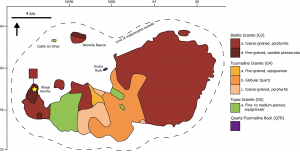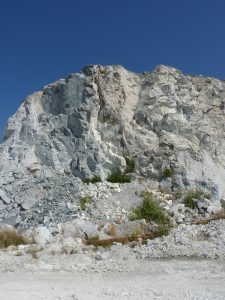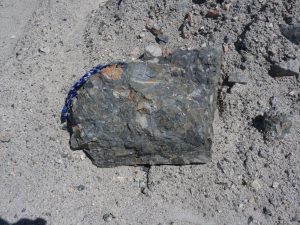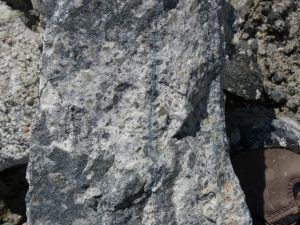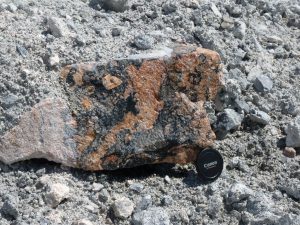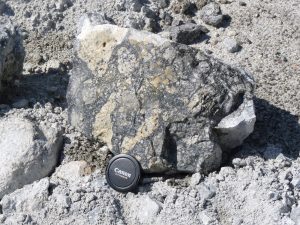Highlights: Granite, kaolin (china clay), breccia Site provided for information only. This site is not accessible to the general public and no attempt should be made to do so. Wheal Remfy lies within the St Austell Granite and is actively worked for china clay (kaolin). At one end of the pit there is a spectacular breccia at the roof zone of the granite, on contact with the killas.
Location: SW 9248 5752
What’s nearby: Treviscoe, Carclaze
Conservation: Private land. Not accessible to the general public.
Gallery
Further Reading & References
